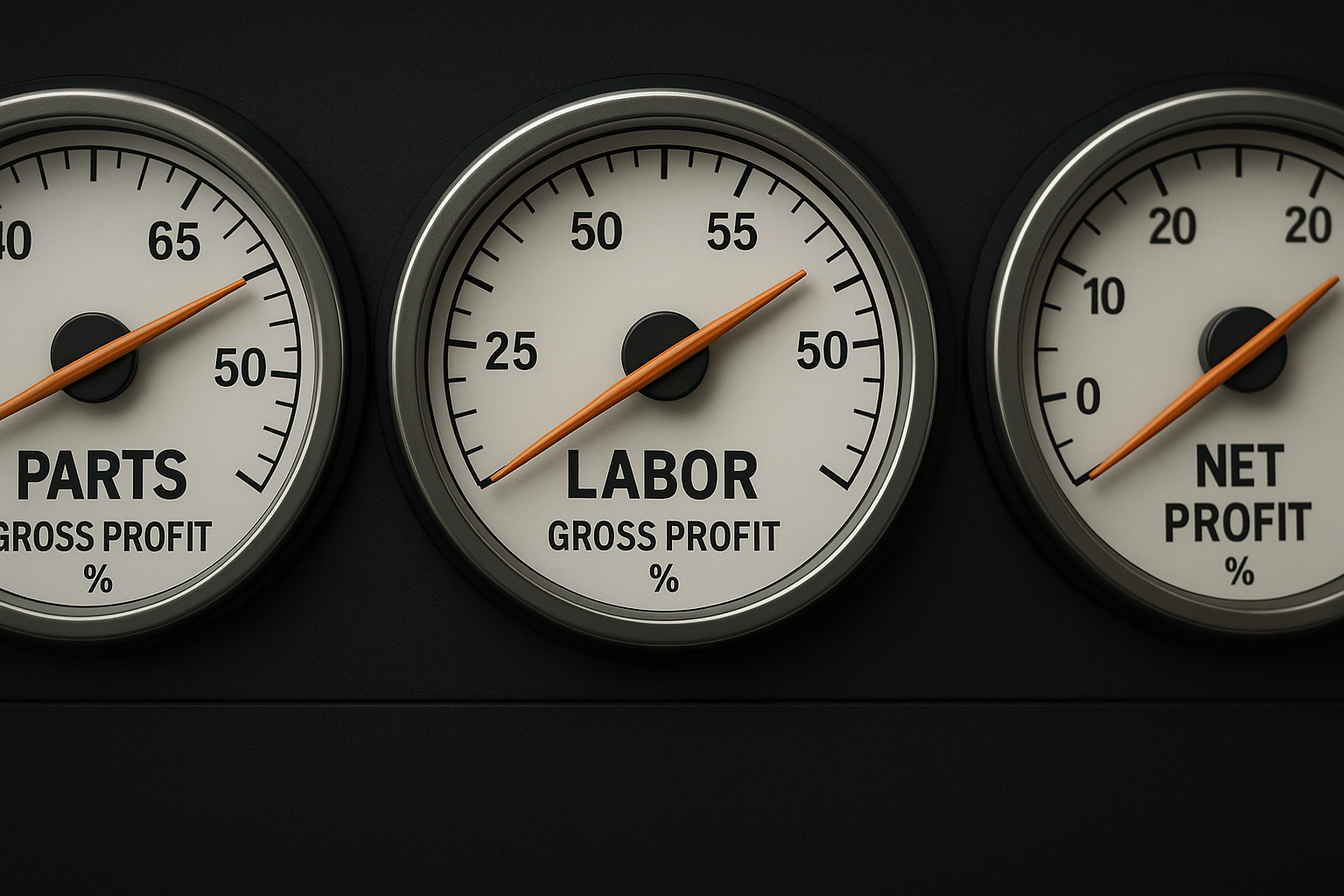Should You Register a Vehicle in Montana to Avoid Sales Tax?
If you've been in any shop owner forum or watched car videos lately, you've probably heard about the “Montana LLC” trick. The pitch sounds simple:...

Why auto repair shops often benefit from uncertainty in the supply chain — and how to make sure your shop is one of them.
Supply chain issues have become the norm since the COVID-19 pandemic started. There’s a popular school of thought that says supply chains cause unnecessary disruptions that can hurt - or even completely shut down - a business. While that’s true in many industries, it’s not always the case. Many of our clients are auto repair shops that have seen an INCREASE in business in 2022.
So why is that? Here’s why sometimes supply chain issues aren’t a bad thing – and what you can do to position yourself so that your business will grow, even during a time of uncertainty.
The reason that auto repair shops thrive during recessions is simple: people hold onto their cars because they can’t afford a new one. They’re looking for value and places to save money, which often means keeping their car in good condition rather than spending big bucks on a new car or truck.
Supply chain issues (like the ones we’re currently facing) can often compound this problem by significantly decreasing the supply ordinarily available. Right now, as of 2022, the supply for car dealers is close to a ⅓ of the amount of automobiles they’d have on the lot in comparison to pre-COVID levels.
For our auto repair clients, that’s been good news. They’re almost universally experiencing an increase in revenues – this will probably happen for a while, both because of the supply chain and because cars are less affordable now than they used to be.
Here’s how to make sure your auto repair business stays profitable during times of uncertainty.
Supply chain issues are the worst for finding brand new parts, but sometimes your client doesn’t always want a “forever” fix, they just want their car back, and they want to get back on the road. For folks like this, salvaged parts are a great option. Note: You’ll absolutely want to ASK your client if that’s an option for them. Some folks won’t want to, but it’s often helpful to remind them that if you can’t order the part in – well, most other stores won’t be able to either.
It's important to switch your customer’s frame of mind from one-time fixes, to more upkeep and regular maintenance. It’s a way to alleviate some of the strain on their car, keeping it in good condition while also keeping a steady stream of income for your shop. To do this successfully, you need to keep them in the loop when it comes to repairs and timelines. You don’t want to be constantly worried that you’re not making those calls – or not making them in a timely fashion. Communicate with your customers, keep them in the know — it's the most important thing you can do to have a good relationship with your customers.
The best way to do that? Have a shop management system. It will keep track of your customers that are waiting on parts, give them updates, and usually have automations, so you can put them in a system, set it, then forget it. Though it’s far from the only option, Tekmetric is great shop management software that many of our clients use. It’s flexible and is capable of integrating with third-party apps, working as a combination POS and CRM for your business.
A parts pricing matrix is a grid where you’ll track the ranges of a part cost. Let’s say a part costs $10, and you know that you’ll always mark up that part for 100%, you’ll know you charge $20. Where it starts to get complex is that you won’t have the same markup across the board for different products.
Some things, like lightbulbs, only cost a small amount (like a dollar), so you’ll put a 500% or 1000% markup on it. But let’s say you’re going to overhaul a $3,000 engine. You won’t mark that up 500% or more, it’ll be closer to 50-75%. In general, the more expensive an item is, the smaller the percentage will be on the markup.
That’s the first step. Now, when you’re using a parts pricing matrix, you’ll also be able to customize it to your demographics, a geographical area that you cover, or even the type of car that you provide service to. Coming up with a parts pricing matrix can help in times of uncertainty, because it gives you a definite equation for each product so you can stay profitable and keep your margins good.
If it sounds like a lot of work to do these things – it can be! That’s why choosing a CPA with experience in the automotive industry is so important. They’ll be able to offer more than just math, they can offer business experience to make sure that your business stays profitable – in good times and in bad. If you're looking for just such a team, Kaizen can help — let's talk!

If you've been in any shop owner forum or watched car videos lately, you've probably heard about the “Montana LLC” trick. The pitch sounds simple:...

If you’re putting in the hours but not seeing the profit you should, it’s not your work ethic that’s the problem. It’s what you’re measuring. The...

If you want to grow your auto repair shop profitably, you need more than cars lined up outside and a gut feeling about how the business is doing. You...